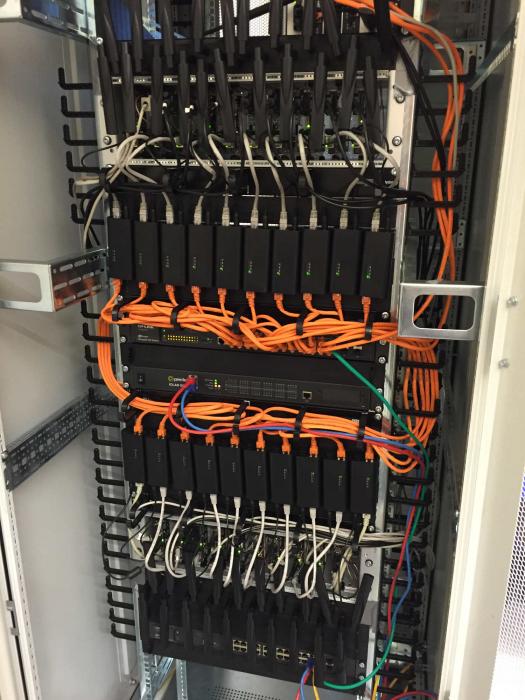Hi everyone,
This is my first update on working on SWOON, an algorithm to automatically allocate channels to nodes in nodewatcher. Not a lot of time has passed since I started working and but the wlanslovenija community was immensely helpful in getting me started. Up to now, I only worked on my own coding projects, where I got to be the main architect behind the codebase. I decided where functions were defined, I decided on the coding style, I did code reviews and I was the one to approve branch merges (of which there were none, because I wrote all the code 🙂 ). Now, GSoC threw me in the middle of a well established open source project where you have to get accustomed to existing coding practices. And accustoming to this was more difficult than I expected. So people from wlanslovenija had to be really patient with me (and I think they’ll have to keep this up for a while 🙂 ). But I slowly got the hang of it. My overarching plan for the algorithm is to first read the data, then process the data and finally issue a warning to those who maintain nodes with inefficient channel allocations. My work on reading the data from nodes is almost done (almost because a new amazing feature was suggested only yesterday!). On a tangent, I think this shows another immense benefit of community oriented projects – everyone’s free to suggest additional features that would make this process more eficient. To get the data about neighboring nodes, one has to temporarily turn the wireless radios off. Because of that, nodewatcher-agent only performs a survey of neighbors every two hours. But we collect data much more regularly. So how do we deal with this? My current implementation simply stores the data into the database every hour and it does not take into account the age of the data. I will now work on comparing the current datapoint with the latest one and only insert it into the datastream if the data has changed. This will reduce the space we’re using and could even be expanded for use by other modules. It’s great to know that you can contribute to any aspect of the project. Mitar, a senior developer of nodewatcher, said that they built all of it themselves, so we can rewrite anything as well.
I also worked on a parallel implementation of the mechanism, which read the data from old dumps. This gave me the insight into the architecture that made writing the actual implementation much easier.
My next steps are to finish the data collection part and create a module to analyze this data. This is exciting for everyone because there’s no documentation about writing such modules so I’ll get to be the first one to do it! I can only hope I’ll document it well enough to make the process easier for those who will follow as new members in the community. The github PR can be found here.


 .
. 
 . I will also update my blog: https://captanu.wordpress.com/ in the coming days. Our coding period starts today so, I wish All the best to other GSoC students too. Happy coding everyone!
. I will also update my blog: https://captanu.wordpress.com/ in the coming days. Our coding period starts today so, I wish All the best to other GSoC students too. Happy coding everyone! ) is done by checking IP addresses against nick-names. Man in the middle attacks are very easy in such a network and the only defense is the benevolence of its users.
) is done by checking IP addresses against nick-names. Man in the middle attacks are very easy in such a network and the only defense is the benevolence of its users.